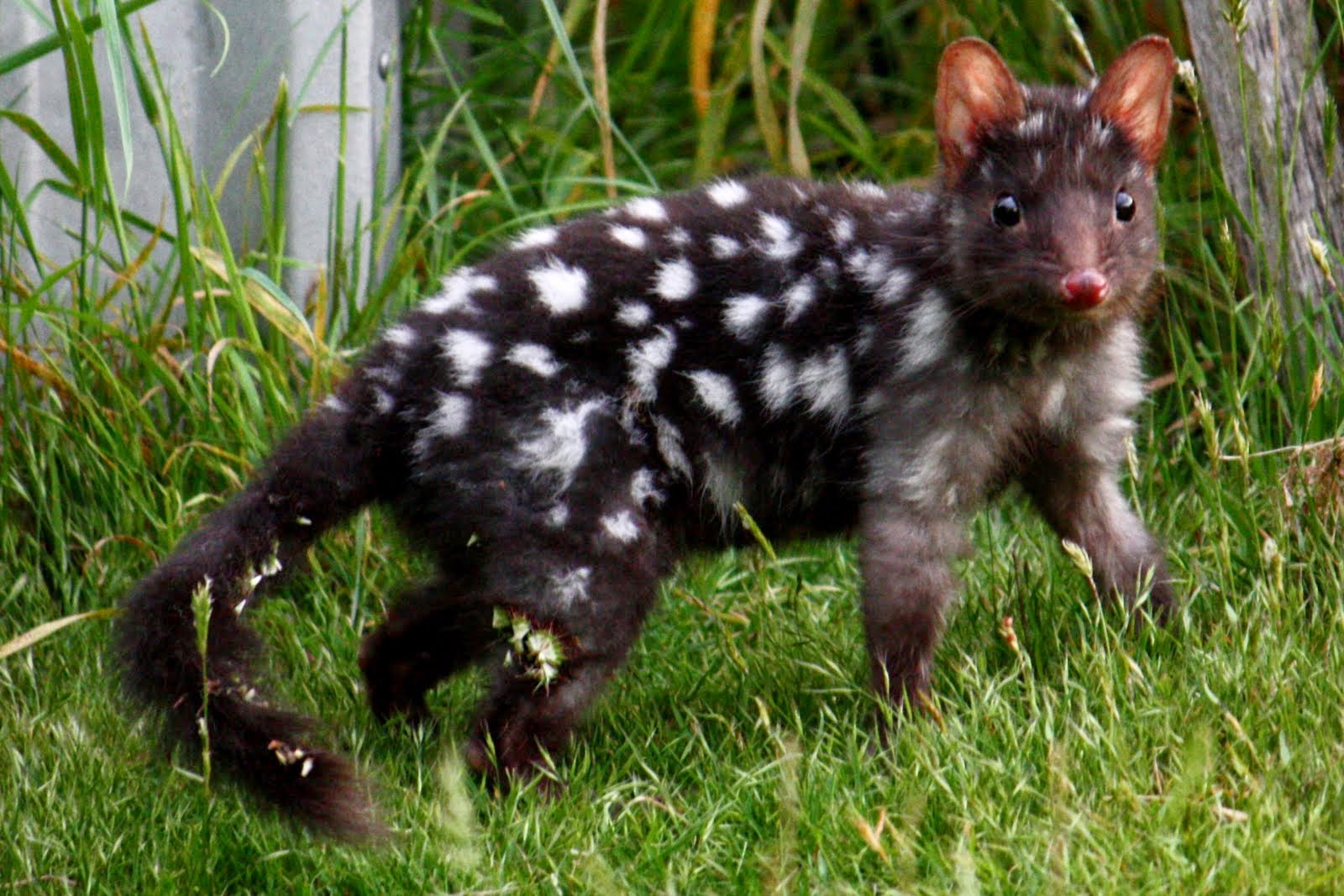| B.lapidarius in my garden |
When people talk about the vital importance of bees for
pollination and agriculture, the only species that is usually thought about is
the honeybee. For many crops however, both those grown in field and those in
glasshouses, bumblebees and other wild bees are vastly more important. While
honey bees are pretty generalist feeders, visiting many types of flower, they
are not good at pollinating many species and are incapable of pollinating some
crops at all, of which the Solanaceae (tomatoes, chilli peppers, aubergines etc.)
are the most obvious. These require “buzz pollination”, where the bees vibrate
the anthers to release pollen. Other
important crops which benefit from this type of pollinator rather than honey
bees include blueberries, cranberries, and also kiwifruit. Even apples seem to
be better pollinated by bumblebees that honeybees, as honey bees approach the
flower in such a fashion that pollen is not efficiently moved from flower to
flower. In addition, honeybees will not fly in cool or wet weather, which
reflects their essentially tropical to subtropical origins. Bumblebees by
contrast are adapted to cool climates, and will fly in cold weather or even in
rain.

